Technology Behind Dealcoholization - Revolutionizing Wines And Beers
Delve into the various methods and innovations that constitute the landscape of the technology behind dealcoholization, highlighting its impact on the overall beverage market. Discussed are three technologies available for dealcoholization. Each of them has its own advantages and limitations, and the choice of technology depends on several factors.
Author:Suleman ShahReviewer:Han JuAug 28, 2023230 Shares76.6K Views
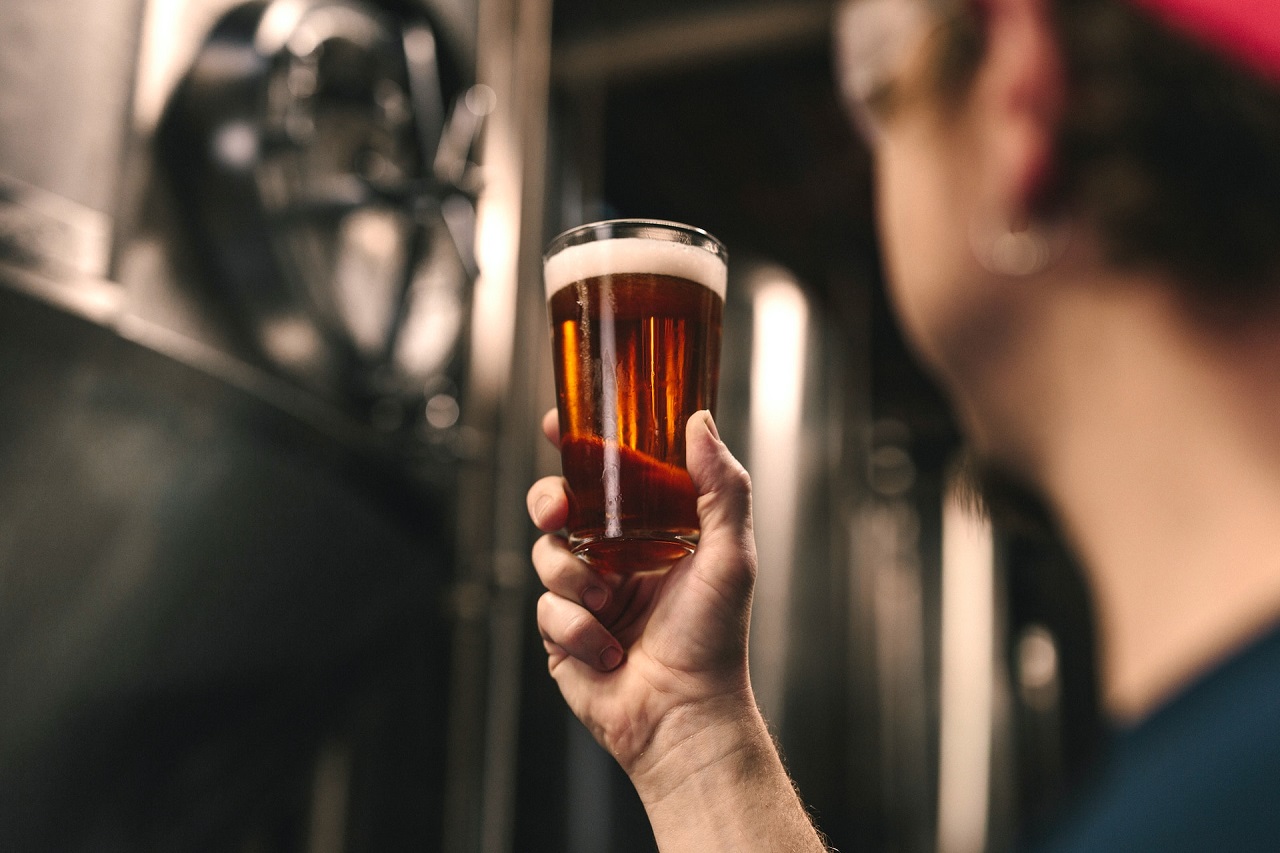
The global landscape of beverage consumption witnessed a revolution of sorts through the technology behind dealcoholization.
Society made a significant shift towards healthier lifestyle choices, driving the demand for non-alcoholic and low-alcohol alternatives.
Whether catering to individuals who seek to avoid alcohol for healthor personal reasons or creating beverages with unique flavor profiles, the technology behind dealcoholization plays a pivotal role in meeting diverse consumer preferences.

Rising popularity of non-alcoholic wines & spirits
Can Alcohol Be Removed From A Drink?
Yes, alcohol can be removed from wines and beers through various methods. This process is often referred to as “dealcoholization.”
The goal of dealcoholization is to create products with lower or no alcohol content while retaining the flavors, aromas, and other desirable attributes of the original beverage.
This process is often used to create non-alcoholic or low-alcoholic alternatives.
The target market for these beverage alternatives? Individuals who want to enjoy the taste of alcoholic beverages without consuming alcohol.
Still, while these methods, carried out through the technology behind dealcoholization, can reduce the alcohol content, it’s challenging to completely remove all traces of alcohol.
And why is that? It’s because the dealcoholization process must be done without affecting the taste and characteristics of the beverage.
Some methods may also impact the final product’s:
- texture
- aroma
- flavor
Additionally, regulations might vary from country to country regarding how wines and beers can be labeled if they are dealcoholized.
If you’re considering non-alcoholic versions of these beverages, you will not be disappointed when you consider their availability and affordability.
Thanks to the technology behind dealcoholization, production is high, and they are sold in major retail stores as well as groceries. Plus, several have low calories, too.
There are several commercially available options that have been specifically crafted to mimic the taste and experience of wine and beer without the alcohol.
The title of an article by Esquire’s Culture & Lifestyle Director Kevin Sintumuang, published online by the magazine in January 2023, says it all:
“„A Good NA [non-alcoholic] Beer is No Longer a Hard Thing to Find.- Kevin Sintumuang
Here are some recommendations:
| Non-Alcoholic Beer | Non-Alcoholic Wine |
| Al’s Classic Non-Alcoholic Lager | Ariel Cabernet Sauvignon |
| Athletic Brewing All Out Extra Dark | Fre Chardonnay |
| Athletic Lite Non-Alcoholic Brew | Giesen Marlborough Sauvignon Blanc |
| Brooklyn Special Effects Hoppy Amber | Leitz Eins Zwei Zero Riesling |
| Heineken Non-Alcoholic 0.0 | Noughty Alcohol-Free Sparkling Chardonnay |
| Guinness 0 | Pierre Zero Rosé |
| Partake Pale Ale | Sovi Red Blend |
| Rescue Club Oktoberfest Non-Alcoholic Beer | Sovi Sparkling Rosé |
| Untitled Art Non-Alcoholic West Coast IPA | Surely Nonalcoholic Sparkling Rosé |
| Visitor Non-Alcoholic Lager | Töst |
Note:The dealcoholized beers are the ones Sintumuang mentioned in his Esquire article. As for the list of dealcoholized wines, they are courtesy of Breana Lai Killeen, a sommelier (wine steward), chef, and registered dietitian from Vermont.
Dealcoholization Technology
The technology behind dealcoholization encompasses a diverse range of scientific and engineering processes.
They all aim to achieve the desired alcohol reduction or removal, while minimizing the impact on the beverage’s quality.
This technological evolution has enabled the creation of non-alcoholic versions of traditionally alcoholic beverages, including beers, wines, and spirits, opening up new avenues for innovation and market growth.
One of the primary challenges in dealcoholization is maintaining the sensory characteristics that consumers associate with their favorite drinks.
The volatile compounds responsible for aroma and taste are often sensitive to the processing conditions. Therefore, it’s essential to strike a delicate balance between alcohol removal and flavor retention.
The modern technology behind dealcoholization integrates precision control, real-time monitoring, and innovative materials to achieve this equilibrium.
The ideal result? Non-alcoholic beverages that closely mimic the experience of their alcoholic counterparts.
We will now discuss some of the methods or technologies employed to reduce the alcohol content of wines and beers.
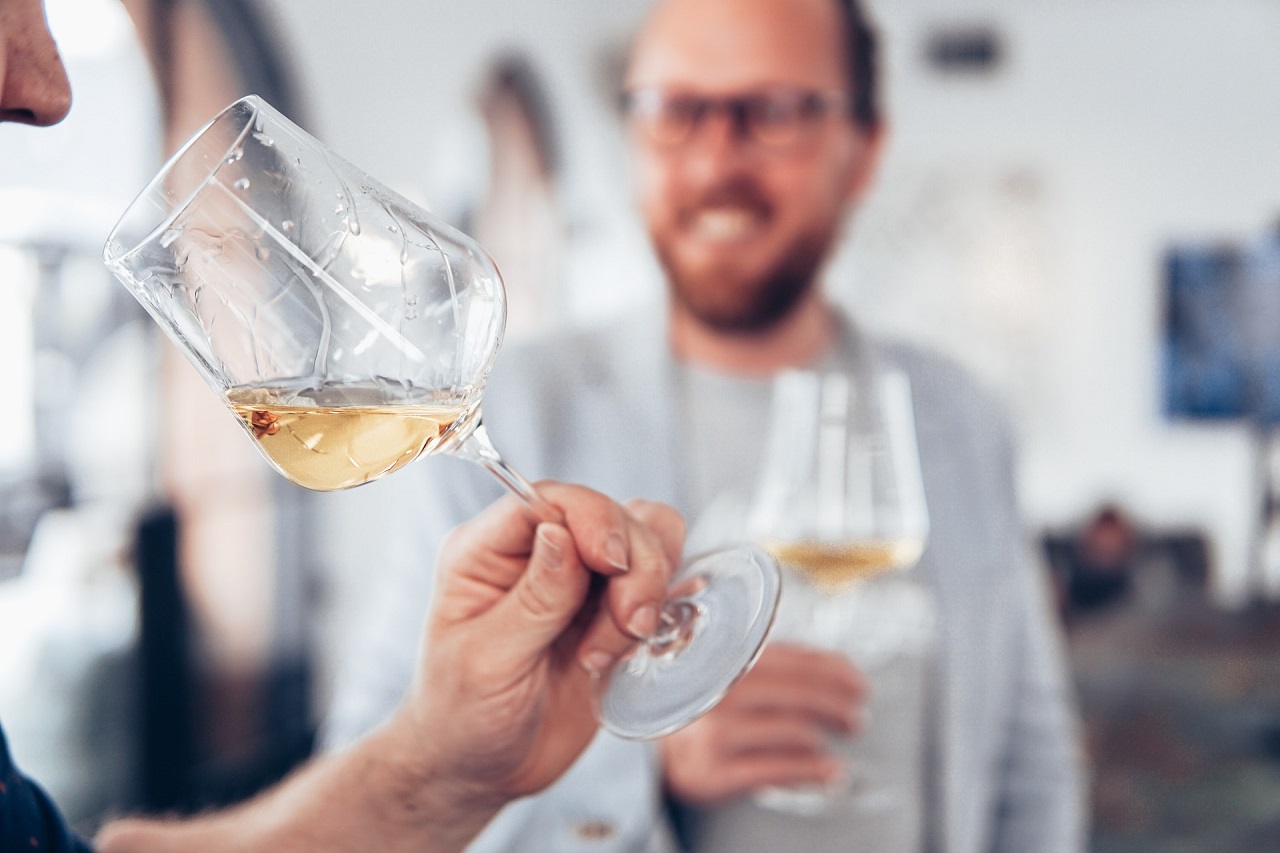
Nanofiltration
Nanofiltration is a membrane-based separation technology used in various industries, including the food and beverage sector, for processes such as dealcoholization.
This method or technology behind dealcoholization involves the use of specialized membranes that have pore sizes between those of reverse osmosis (RO) and ultrafiltration (UF) membranes.
These membranes are designed to selectively allow the passage of certain molecules based on their size and charge, while blocking others.
In the context of dealcoholization, nanofiltration is used to separate alcohol molecules from the rest of the beverage components.
Here’s how the process generally works:
1. Membrane Selection
Nanofiltration membranes are chosen based on their specific characteristics, including:
- pore size
- material composition
The goal is to have membranes that allow alcohol molecules to pass through while retaining larger molecules like:
- flavor compounds
- sugars
- other desirable components
2. Preparation of the Beverage
The beverage containing alcohol is prepared for the nanofiltration process.
This might involve adjusting the pH, temperature, and other factors to optimize the separation process.
3. Filtration
The beverage is then passed through the nanofiltration membrane under pressure.
The smaller alcohol molecules can pass through the membrane's pores due to their size, while larger molecules are retained.
4. Selective Permeation
Nanofiltration membranes are designed to have a certain degree of selectivity, allowing smaller alcohol molecules to permeate while blocking larger molecules.
This selectivity is achieved through a combination of size exclusion and charge-based interactions.
5. Recovery
The permeate - the liquid that passes through the membrane - contains the separated alcohol and some other smaller compounds.
This permeate is collected and can be further processed to recover the alcohol if desired.
The retentate - the portion that doesn’t pass through the membrane - contains the non-alcoholic components of the beverage.
6.Adjustment and Refinement
The alcohol concentration in the permeate can be adjusted through further processing or by repeating the nanofiltration process.
This step is crucial to achieving the desired level of dealcoholization.
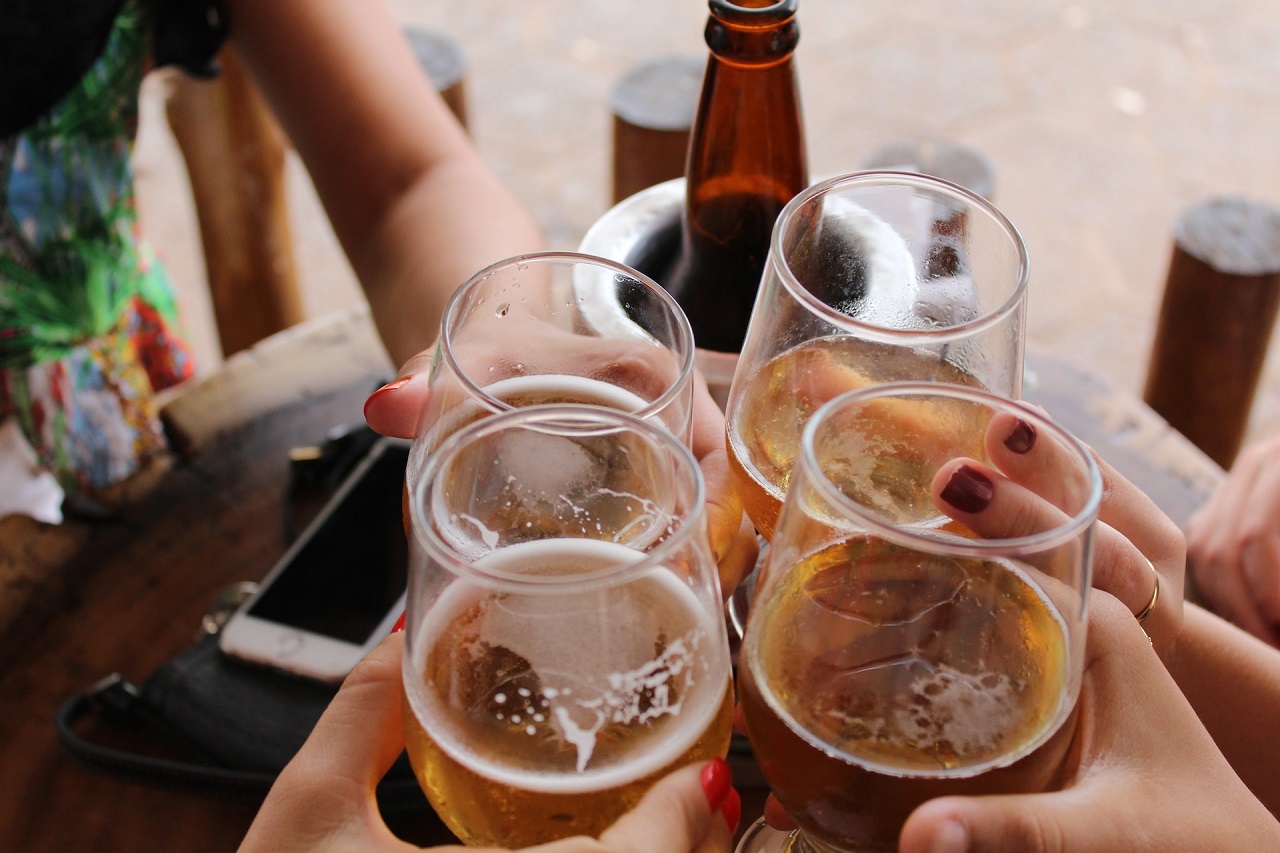
Osmotic Distillation
Osmotic distillation is another technology behind dealcoholization. It relies on the principles of osmosis and vapor pressure differences to separate alcohol from the liquid solution.
Here’s how osmotic distillation works:
1. Setup
The process typically involves two chambers separated by a semipermeable membrane.
One chamber holds the alcoholic solution (e.g., wine), and the other chamber holds a solution with a lower vapor pressure (often water).
The two chambers are maintained at different temperatures.
2. Osmosis
Osmosis is a natural phenomenon where solvent molecules (in this case, water) move through a semipermeable membrane from an area of lower solute concentration to an area of higher solute concentration.
In osmotic distillation, the alcoholic solution has a higher solute concentration (alcohol content) compared to the water solution.
3. Vapor Pressure Difference
Due to the temperature difference between the two chambers, the vapor pressure of the alcoholic solution is higher than that of the water solution.
This means that the alcoholic solution tends to evaporate more readily.
4. Vapor Transport
Because of the osmotic pressure and vapor pressure difference, the alcohol molecules in the alcoholic solution start to evaporate.
These vaporized alcohol molecules pass through the semipermeable membrane, leaving behind the bulk of the liquid’s alcohol content in the alcoholic solution.
5. Condensation
On the other side of the membrane, in the water chamber, the vaporized alcohol molecules encounter a lower concentration of alcohol and condense back into liquid form.
This liquid form (or the condensate) is collected as a separate product, effectively removing alcohol from the original solution.
6. Recycling
The water solution in the second chamber can be circulated back to the first chamber to maintain the vapor pressure difference and facilitate continuous distillation.
Osmotic distillation is a good choice for dealcoholization. This technology behind dealcoholization offers several advantages, such as:
a. Energy Efficiency
The lower operating temperatures result in lower energy consumption compared to traditional distillation techniques.
b. Continuous Operation
Osmotic distillation can be designed for continuous operation, making it suitable for industrial-scale processing.
c. Gentle Process
Compared to traditional distillation methods, this particular technology behind dealcoholization operates at relatively low temperatures.
Therefore, it helps preserve the flavor and aroma of the original beverage.
d. Selective Removal
This method tends to remove alcohol while leaving behind many of the non-volatile components that contribute to the flavor and character of the beverage.
However, there are also challenges associated with osmotic distillation, such as:
- potential fouling of the membrane due to impurities in the alcoholic solution
- the need for careful control of operating conditions to achieve desired results
Overall, osmotic distillation is a promising technology behind dealcoholization, producing dealcoholized beverages with improved flavor retention and energy efficiency.

Pervaporation
Pervaporation is a separation technology that is particularly effective for separating volatile components from liquids, making it suitable for removing alcohol from liquids like wine, beer, or spirits.
The technology behind pervaporation involves several key components and steps:
1. Membrane
A crucial component of the pervaporation process is the specialized membrane.
This membrane is typically made of a polymer material that has selective permeation properties.
It allows certain components (like alcohol) to pass through more easily than others, based on their molecular size and interactions with the membrane material.
2. Setup
Pervaporation involves setting up a membrane separation system.
The liquid solution containing alcohol is introduced to one side of the membrane, while a vacuum or sweep gas is applied on the other side.
The vacuum or gas flow creates a pressure gradient that drives the permeation of alcohol through the membrane.
3. Selective Permeation
The membrane selectively allows alcohol molecules to permeate through it due to their smaller size and affinity with the membrane material.
At the same time, larger molecules (including water and other non-volatile components) are hindered by the membrane’s structure and interactions.
4. Vaporization
As alcohol molecules pass through the membrane, they enter a vapor phase on the other side. This vapor phase is then collected and condensed back into a liquid form.
The collected alcohol can be further processed or disposed of, depending on the desired outcome.
5. Continuous Process
This technology behind dealcoholization is typically operated as a continuous process.
As alcohol vaporizes and permeates through the membrane, a continuous flow of the liquid solution is introduced to maintain a steady state.
This allows for efficient separation over time.
6. Temperature Control
The effectiveness of pervaporation can be influenced by temperature.
In some cases, higher temperatures can enhance the permeation of alcohol through the membrane.
However, this needs to be balanced with factors like energy consumption and the potential impact on other components in the liquid solution.
Pervaporation offers several advantages for alcohol removal compared to traditional methods like distillation.
This particular technology behind dealcoholization operates at lower temperatures. As a result, it can help preserve the flavor and quality of sensitive substances, such as volatile aromatic compounds in wines.
Additionally, pervaporation is suitable for various scales of operation because:
- it’s energy-efficient
- it has a smaller footprint
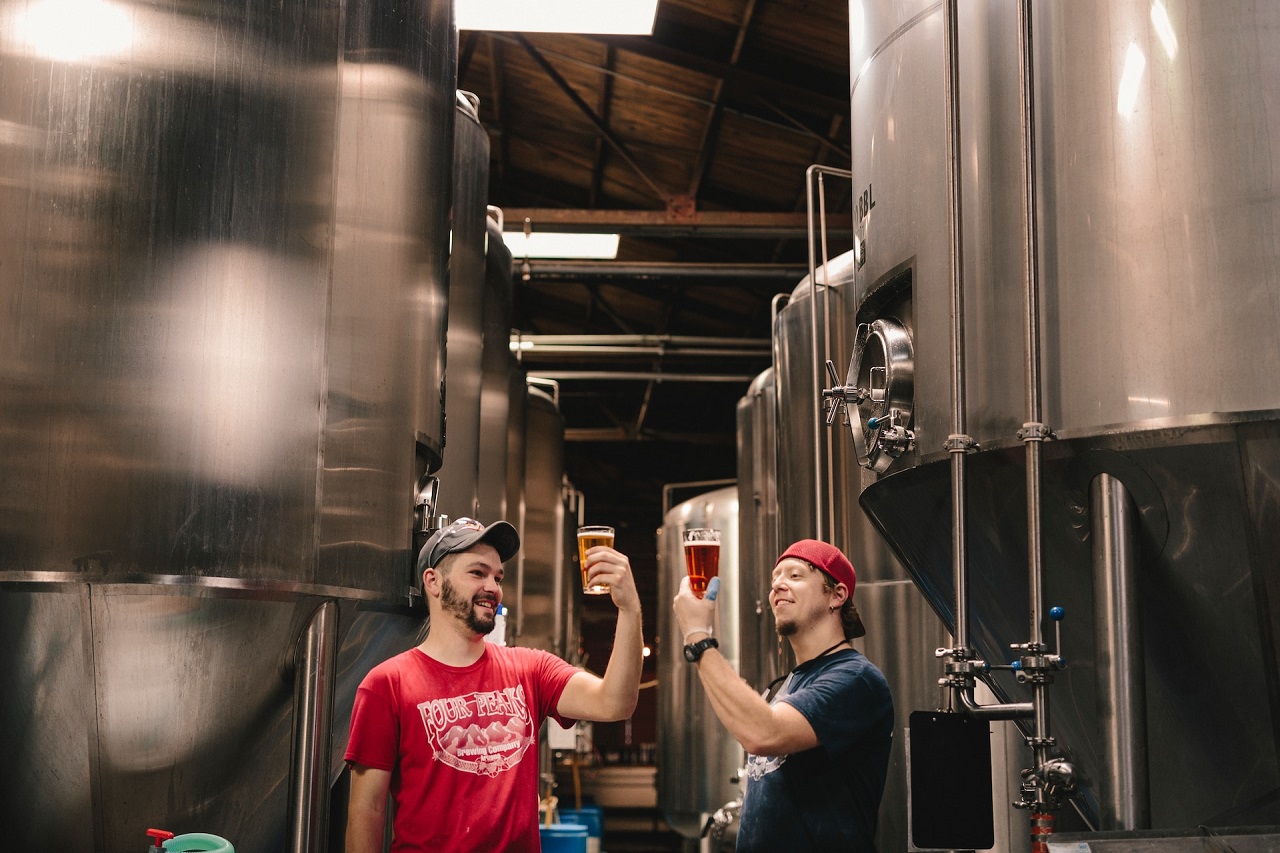
Dealcoholization Equipment
From the intricacies of molecular separation to the art of flavor reconstitution, the scienceand technology behind dealcoholization intertwine with artistry to redefine the possibilities of what non-alcoholic beverages can offer.
One dealcoholization equipment is the ProBrew Alchemator (“Alchemator” is a registered trademark).
ProBrew is a manufacturer of beverage processing equipment in Wisconsin that has been in operation since 2015. According to its website, the Alchemator is used for an “inline alcohol separation system.”
A fermented beverage - popular ones include beer, cider (made from apples), kombucha (a tea), and wine - contains water and alcohol. What the ProBrew Alchemator does is separate the two.
Once separated, deaerated water will be added to finally create a dealcoholized beer or wine.
“Deaerated water” refers to water that has been stripped of dissolved gases, primarily:
- oxygen
- carbon dioxide
This is important in dealcoholization processes because these gases can impact the final product’s:
- flavor
- stability
- quality
In other words, deaerated water is water free from oxygen and carbon dioxide.
It’s used in the dealcoholization process of beer and wine to prevent unwanted flavor changes and maintain the overall quality of the beverage.
The ProBrew Alchemator helps in applying the technology behind dealcoholization to create quality low-alcohol and non-alcoholic beers and wines.
In addition, according to ProBrew, their dealcoholization equipment is also capable of direct packaging. Meaning, that its job starts from the dealcoholization process down to bottling/canning.
BevZero, a winery from California, also has its own dealcoholization equipment called GoLo. See the video below for more information.
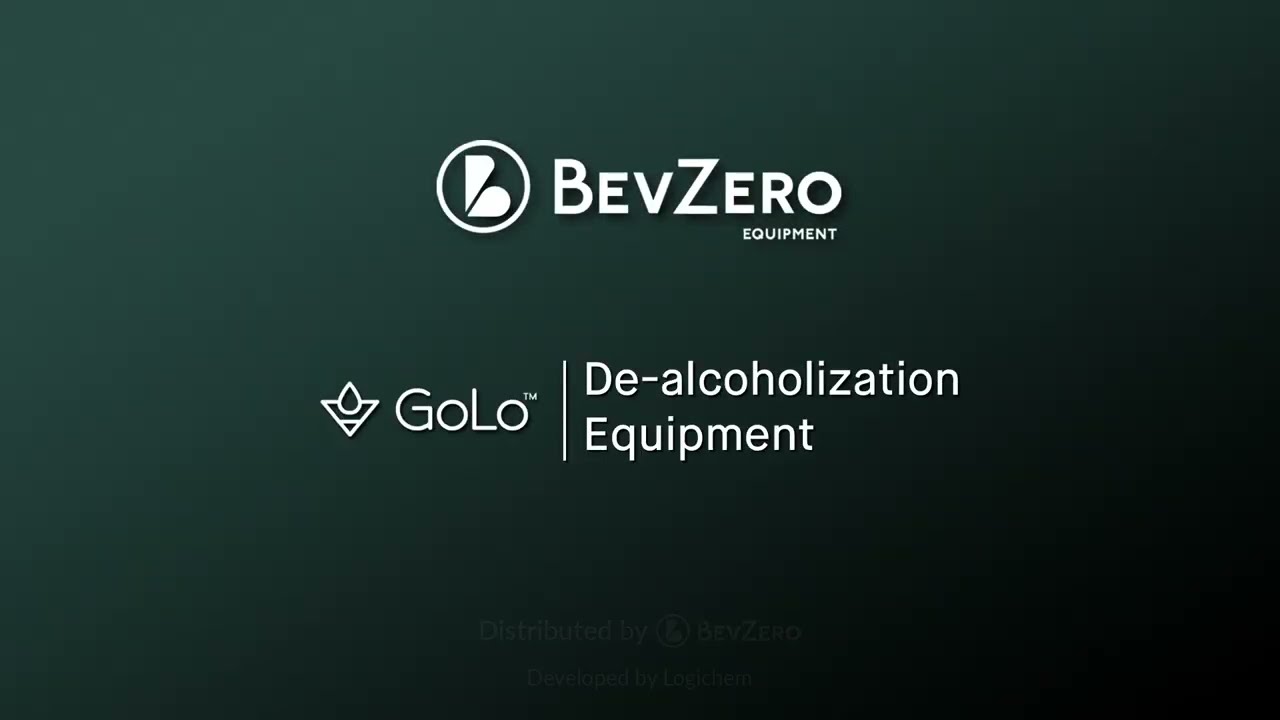
BevZero Equipment GoLo Technology Explained
People Also Ask
Is Dealcoholized Wine Good?
According to a May 2023 article by INTEGRIS Health, a health care system from Oklahoma, a dealcoholized wine (when compared to regular wines) can:
- “be less intense”
- “be a bit sweeter”
- “feel thinner” in one’s mouth
Nevertheless, dealcoholized wine still tastes good and, as the article underscored, it’s as good as regular wines when talking about health benefits.
Dealcoholized wine is rich in antioxidants - those things that protect people’s cells.
What Are The Two Most Common Methods Of Removing Alcohol From Beer?
The American magazine Brew Your Own identified these two dealcoholization processes as among the common methods:
- reverse osmosis
- vacuum distillation (vacuum stripping or low-pressure distillation)
How Long To Boil Beer To Remove Alcohol?
Ethanol, which is the type of alcohol found in alcoholic beverages, has a boiling point of approximately 78.37 degrees Celsius (173.1 degrees Fahrenheit).
In 15 minutes (time cooked at the alcohol’s boiling point), the amount of alcohol remaining will be approximately 40 percent, according to an article by Idaho State University.
In one hour, 25 percent; then 10 percent in two hours.
Final Thoughts
The technology behind dealcoholization focuses on the removal or reduction of alcohol content from beverages but with a careful attempt to preserve flavor, aroma, and overall sensory experience.
From traditional methods to more contemporary approaches, these techniques allow producers to tailor their products to specific target alcohol levels.
As consumer expectations continue to evolve, the technology behind dealcoholization remains at the forefront of the beverage industry’s pursuit of excellence.

Suleman Shah
Author
Suleman Shah is a researcher and freelance writer. As a researcher, he has worked with MNS University of Agriculture, Multan (Pakistan) and Texas A & M University (USA). He regularly writes science articles and blogs for science news website immersse.com and open access publishers OA Publishing London and Scientific Times. He loves to keep himself updated on scientific developments and convert these developments into everyday language to update the readers about the developments in the scientific era. His primary research focus is Plant sciences, and he contributed to this field by publishing his research in scientific journals and presenting his work at many Conferences.
Shah graduated from the University of Agriculture Faisalabad (Pakistan) and started his professional carrier with Jaffer Agro Services and later with the Agriculture Department of the Government of Pakistan. His research interest compelled and attracted him to proceed with his carrier in Plant sciences research. So, he started his Ph.D. in Soil Science at MNS University of Agriculture Multan (Pakistan). Later, he started working as a visiting scholar with Texas A&M University (USA).
Shah’s experience with big Open Excess publishers like Springers, Frontiers, MDPI, etc., testified to his belief in Open Access as a barrier-removing mechanism between researchers and the readers of their research. Shah believes that Open Access is revolutionizing the publication process and benefitting research in all fields.

Han Ju
Reviewer
Hello! I'm Han Ju, the heart behind World Wide Journals. My life is a unique tapestry woven from the threads of news, spirituality, and science, enriched by melodies from my guitar. Raised amidst tales of the ancient and the arcane, I developed a keen eye for the stories that truly matter. Through my work, I seek to bridge the seen with the unseen, marrying the rigor of science with the depth of spirituality.
Each article at World Wide Journals is a piece of this ongoing quest, blending analysis with personal reflection. Whether exploring quantum frontiers or strumming chords under the stars, my aim is to inspire and provoke thought, inviting you into a world where every discovery is a note in the grand symphony of existence.
Welcome aboard this journey of insight and exploration, where curiosity leads and music guides.
Latest Articles
Popular Articles